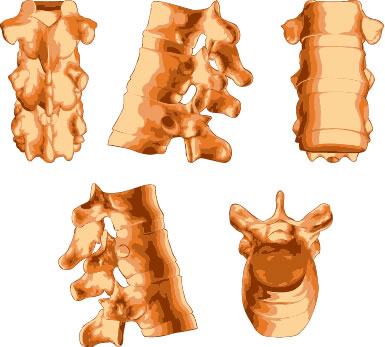Computer, or navigation, assisted surgery is an innovative technology that has made its way to spine surgeries. Becoming increasingly popular with surgeons and patients, it provides better visualization and a higher degree of accuracy than traditional spine surgeries. Dr. Charla Fischer at NYU Langone Medical Center in New York City is skilled at performing navigation-assisted spine surgeries on patients who are good candidates.
Defining navigation-assisted spine surgery
Usually following a CT scan of the patient’s spine, a 3-D model is created using specialized computer software, basically developing a digital roadmap for the surgeon to follow during the procedure. The surgeon tracks the position of instruments and surgical tools during the surgery according to the virtual image of the patient’s anatomy displayed on a computer monitor. Because of the similarities to a GPS navigation system, the term navigation-assisted spine surgery was coined.
Identifying patients for navigation-assisted spine surgery
Navigation is used to guide Dr. Charla Fischer during surgery as incisions are made and treatments are administered. This surgery is especially helpful when implanting pedicle screws during spinal fusion procedures that treat spine instability. Common spine conditions for which this surgery may be implemented include spinal stenosis, degenerative disc disease, spondylolisthesis, scoliosis, kyphosis, fractures, infections, or tumors.
Undergoing navigation-assisted spine surgery
During surgery, Dr. Charla Fischer uses special instruments to match pre-determined points on the 3-D computer model to the patient’s actual spine. These points are used by the computer to identify the position of the patient’s anatomy in real-time with the 3-D model, thus providing a digital spinal map. A special navigation camera tracks the position and movement of the surgical instruments, and displays those images on the 3-D computer model. Dr. Charla Fischer can see the exact position of the anatomy and instruments, allowing for more precision and less risk of damage to surrounding tissue. If the procedure is a spinal fusion, the 3-D model may be used to ensure ideal screw placement.
Reaping the benefits of navigation-assisted spine surgery
Some of the benefits that patients enjoy from the navigation-assisted spine procedures include:
- Minimally invasive techniques allowing better visualization and smaller incisions
- Ability to pre-plan surgery by using very accurate anatomical models to determine things like screw length, position and diameter
- Quicker surgery and less uncertainty
- Reduced exposure to radiation by limiting X-ray images
- Real-time feedback during surgery and the ability to correct any misalignments or other issues during the procedure

